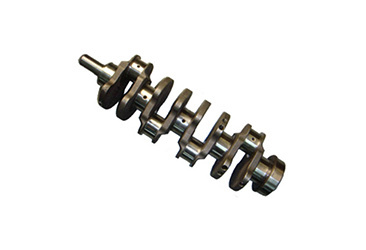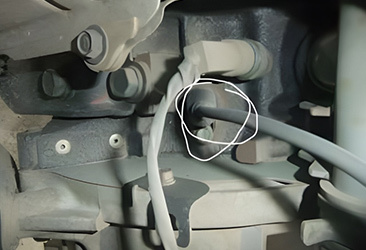Performance characteristics of ductile iron expansion joints
Release time:
2024-06-26
The tensile strength, plasticity, and toughness of ductile iron expansion joints are lower than those of carbon steel. Although the mechanical properties of ductile iron expansion joints are not as good as those of steel expansion joints, the presence of graphite...
Performance characteristics of ductile iron expansion joints:
The tensile strength, plasticity, and toughness of ductile iron expansion joints are lower than those of carbon steel. Although the mechanical properties of ductile iron expansion joints are not as good as those of steel expansion joints, the presence of graphite endows ductile iron expansion joints with many properties that steel expansion joints do not possess, such as good wear resistance, high vibration damping, low notch sensitivity, and excellent machinability. In addition, the high carbon content of ductile iron expansion joints makes their composition close to the eutectic composition, resulting in a lower melting point of about 1200°C and good fluidity of molten iron. Due to the volume expansion during graphite crystallization, the transmission shrinkage rate is small, and their casting performance is superior to that of steel expansion joints. Therefore, they are usually made using casting methods and are referred to as ductile iron expansion joints.
Performance of ductile iron expansion joints: 1. Excellent casting performance: Due to the chemical composition of ductile iron expansion joints being close to the eutectic point, molten iron flows well and can cast very complex parts. Additionally, because graphite has a large specific volume, it reduces the amount of shrinkage during solidification, simplifying processes and reducing stress in castings while achieving a dense structure. 2. Excellent wear resistance and vibration damping: The graphite in ductile iron expansion joints has a lubricating effect; the cavities formed after graphite falls can absorb and store lubricating oil, giving them good wear resistance. Furthermore, due to the presence of high-hardness phosphorous eutectic in ductile iron expansion joints, their wear resistance is further enhanced; this is significant for manufacturing friction parts like piston rings and cylinder liners. Graphite can prevent the propagation of rear motion; the damping capacity of gray cast iron is ten times that of steel. 3. Lower notch sensitivity and good machinability: The presence of graphite in ductile iron expansion joints means that there are many small notches on the surface with almost no sensitivity to defects or notches; thus surface defects have little impact on fatigue strength compared to cast iron but its fatigue strength is lower than that of steel expansion joints. The graphite in ductile iron also plays a role in chip breaking and lubricating tools which contributes to its excellent machinability. 4. Mechanical properties: The tensile strength, plasticity, toughness, and elastic modulus of ductile iron expansion joints are all lower than those of carbon rust steel as shown in the table. The compressive strength and hardness mainly depend on the matrix structure; generally speaking, the compressive strength is three to four times higher than tensile strength which is a characteristic feature.
Latest News









